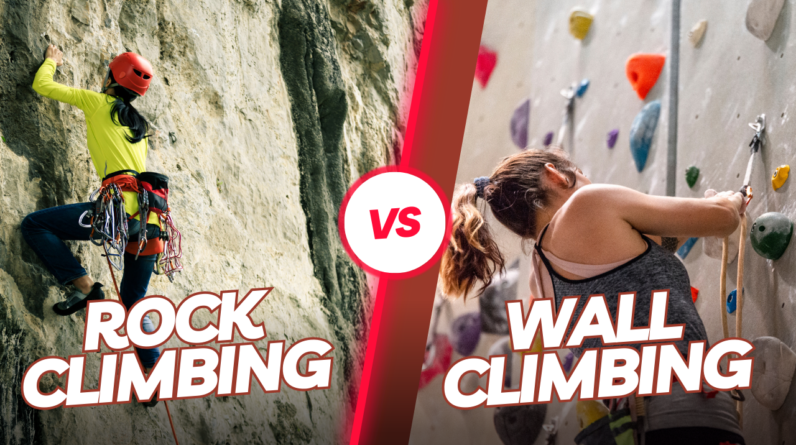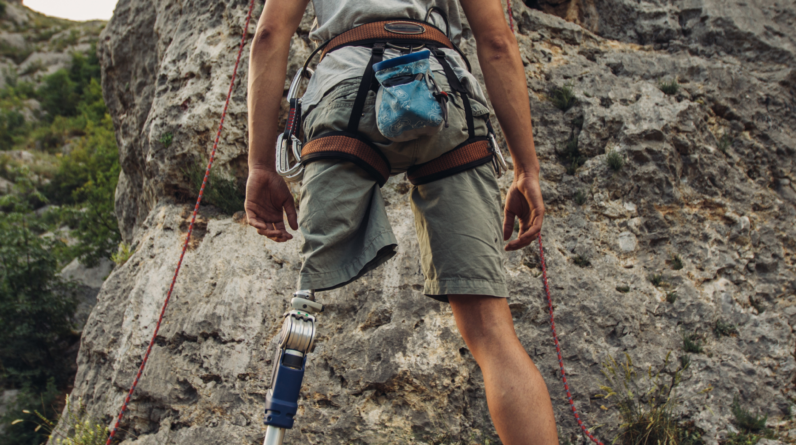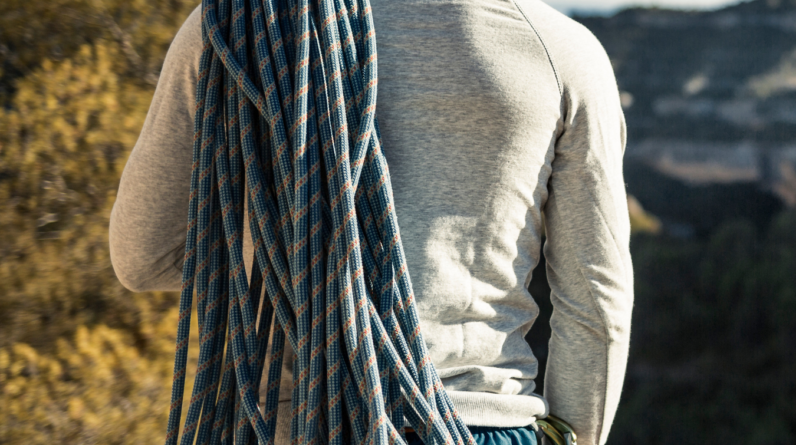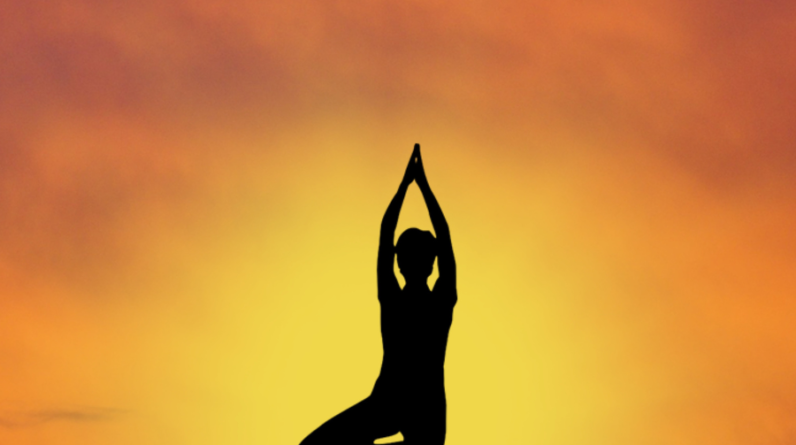
Rock Climbing Basics – Foot Swaps
Having a solid foundation of Rock Climbing basics is important. This includes a solid grasp of the different types of holds and how to use them. These can range from simple pegs to complex rock holds. Once you are comfortable with a particular hold, you can begin trying out new moves on it. However, you should also take the time to explore different holds and angles before climbing on it. This will allow you to learn more about it and get better at it.
A good rule of thumb is to always use the outside edge of your shoe when placing a foot on a rock. This is not to say that you should not use the inside of your shoe, but if you have a choice, use the outside. This is also important to know if you are climbing a multi-pitch route. If you are on a route with a steep slope, you may want to use a different way to reach the hold.
For example, if you have a right handhold and a left foothold, you would probably use the left foothold to reach the right handhold. It is important to keep the right foot in place and not lift it off the wall. In the case of an overhanging route, you may want to use a drop knee to keep your hips in the wall.
Keeping your arms straight is important to staying in a relaxed position. This helps your body stay in a balanced position without having to use your arms as levers. It also helps prevent fatigue. A good rule of thumb is to rest your arms for at least two minutes after each climbing session. You should also take the time to rest your fingers. They will thank you later.
One of the most important Rock Climbing basics is to learn how to flag correctly. This can be a tricky subject for inexperienced climbers, but if you pay attention to the little things, you can be an expert in no time. A good place to start is to watch other climbers. Flagging can be a fun and exciting skill to learn, so make sure to try it out on a practice run before attempting the real thing.
The side flag is one of the easiest and most intuitive of all flagging techniques. You can do it while standing on one foot and extending the other out to the side. This move is not only fun to learn, but it will help you maintain balance.
Flagging is an important skill to learn, but it can also be a bit confusing for inexperienced climbers. To help you get started, you may want to watch some videos on flagging. You should also consult with your partner to find out what position is best for you. For example, if you are climbing with a partner, you may want to flag one foot at a time. This is because a flagging foot can shift your center of gravity and lead to your foot moving off of the wall.






